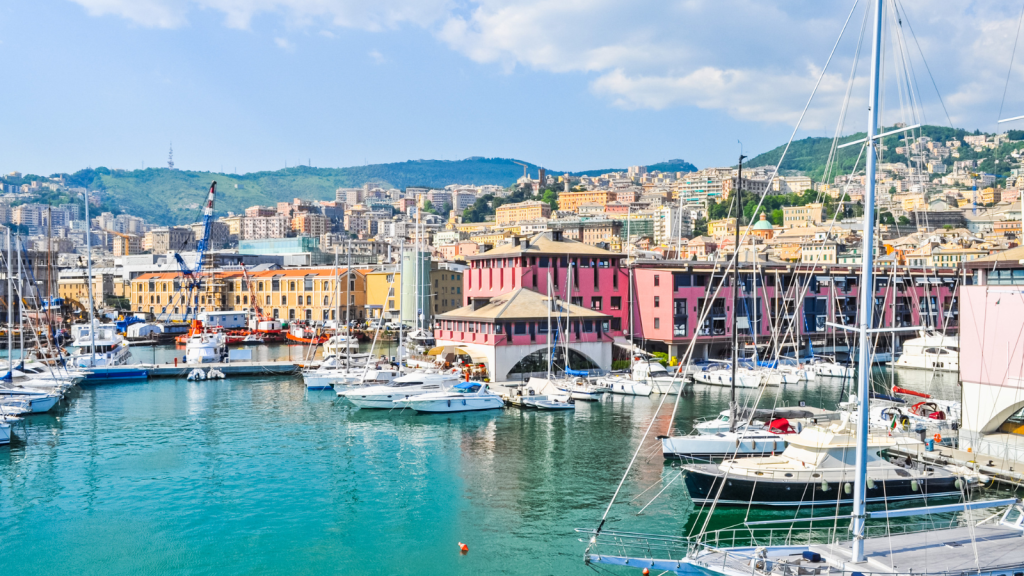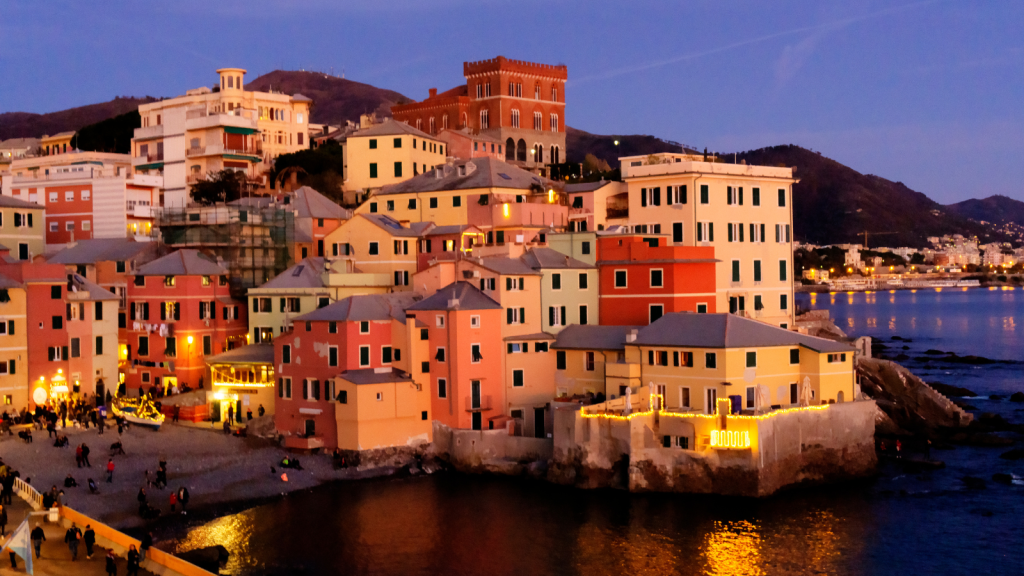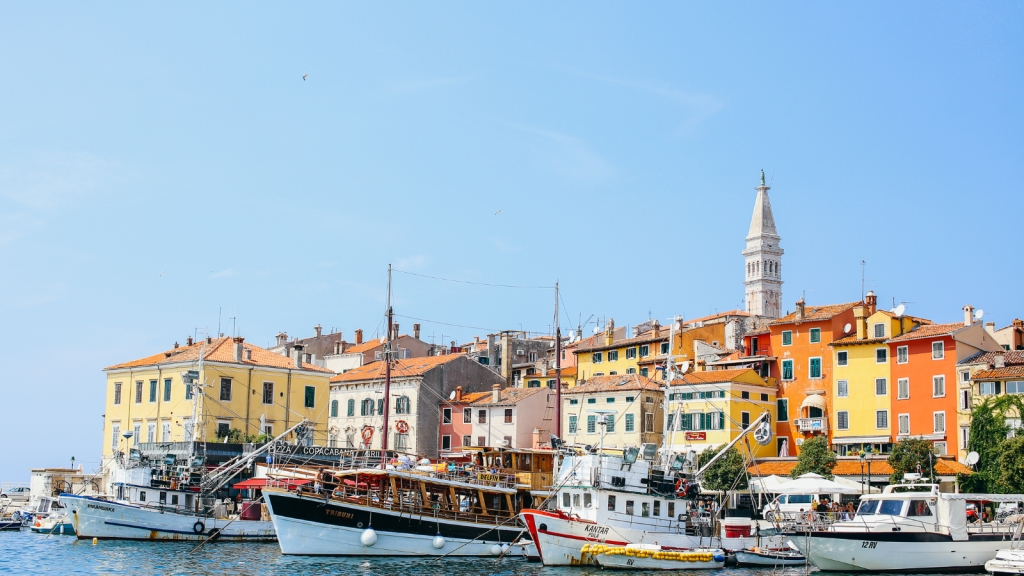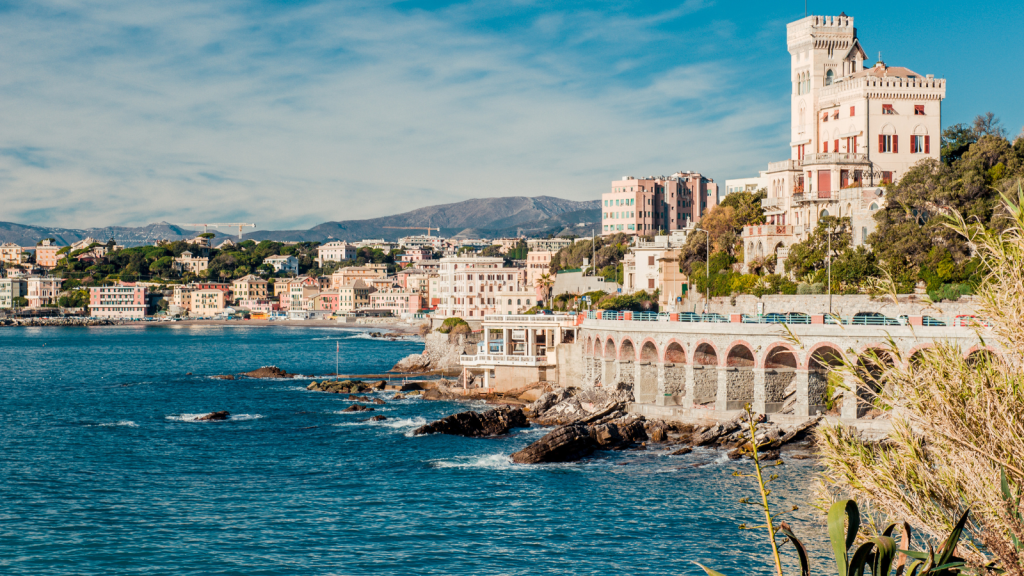Those who moor in the berths of our tourist port of Genoa often already know the
most famous attractions of the city center, from the renowned Aquarium to the Palazzi dei Rolli. Certainly,
the entire Porto Antico area, which embraces our marina, always has its charm, just as it’s
always worth getting a bit lost among the alleys and squares of our city; but those who already know the
heart of Genoa can certainly broaden their view, knowing that there are other
extremely interesting neighborhoods for visitors. Among these are obviously the ancient seaside
villages that, over time, have been incorporated into the city, while maintaining their own identity.
Today we will therefore explore the seaside villages of the city of Genoa, all easily accessible from
our tourist port.

Vernazzola and Boccadasse, the most famous among the fishing villages
There’s no doubt: when talking about the seaside villages of Genoa, the first name that comes to
mind is Boccadasse, one of the most iconic and fascinating places in the city, with its small
houses, its traditional boats, and the fishermen’s nets spread out on the small beach. When you
arrive in Boccadasse for the first time, it feels like stepping into a postcard, with its colors and the
sensation of having left behind both the city and the era: this seaside village has indeed
remained intact, taking you back in time.
The history of this small seaside village’s origins is uncertain: some say the name
originated from an ancient stream that arrived here, the Asse; while others claim that the term
derives from the Genoese “bocca d’aze”, meaning donkey’s mouth, referring to the shape of the bay. It’s
also hypothesized that this small fishing village was founded about a thousand years ago by
Spanish fishermen.
Reaching Boccadasse from our tourist port of Genoa or from the city center is easy,
even on foot: connecting this seaside village to Piazza Rossetti is Corso Italia, which
winds along the coast. This is indeed the promenade of the Genoese, where every Sunday people
come to stroll leisurely, admiring the waves, the beaches, the church of San Pietro, the fort of
San Giuliano, and so on.
It should also be noted that just beyond Boccadasse, continuing the walk along the
coast, there is another small Genoese seaside village. Its name is Vernazzola, and here too,
once you look out over its small beach – with the inevitable boats on dry land – you find yourself in
another small world of its own. In summer, this beach is very popular; during the quieter seasons,
it’s fascinating to pass by here and think that this was once a
fundamental landing place, from where one would take the Valle Sturla to transport goods inland, towards
the Alta Val Bisagno.

The seaside village of Nervi
Let’s look even further from the city center and our marina in Genoa, and
move to the eastern end of the city’s territory: here we find Nervi, a seaside village
known to visitors especially for the evocative promenade dedicated to Anita Garibaldi, about two kilometers long. Note: as we often tell boaters who moor in our berths and plan their visits, one shouldn’t think that Nervi is still today a
small seaside village. In the past, this neighborhood was already chosen as a holiday
destination by wealthy tourists, especially from the Russian Empire and northeastern
Europe; and the Genoese nobility itself, starting from the 17th century, decided to build some of
its most beautiful villas here. So, walking in Nervi means encountering sumptuous buildings from
past eras – especially in Liberty style. But also parks, knowing that right here is
the largest and most elegant green salon in the city of Genoa, as well as museums, starting with the
modern art collection of the Gam. It’s also worth remembering that Nervi, like the seaside villages already
mentioned, has small beaches: these are small pebble and stone beaches, appreciated especially
for their tranquility.

Pegli and Voltri
Now we can turn our gaze to the other side: if so far we have looked to the east, from
our marina in Genoa we now turn towards the west. Here we find, for example, Pegli, which for
centuries was a seaside village, mainly home to fishermen and farmers, with the town center
gathered around the small port. Starting from the 16th century, patrician families decided to build
their suburban villas here, some of which later became luxurious hotels frequented –
in summer and winter – by aristocrats from all over Europe. And today all this is reflected
in the elegant seafront, as in the many palaces that have remained intact to this day: we think of Villa Doria
Centurione, now home to the Naval Museum, Villa Durazzo-Pallavicini and its related park with
the adjoining Archaeological Museum, and so on.
Moving further west, and past the town of Prà – among other things the Capital of Basil and
historical cradle of western Genoa due to its ancient pre-Roman origins – we reach
Voltri, formerly a Captaincy of the Republic of Genoa. Voltri is actually the union of three small
historical villages, namely Leira, Gattega and Cerusa: the most attentive will be able to distinguish them despite
modernization and urban expansion. Here too, there is no shortage of aristocratic residences, noble
villas and parks, starting from the historic one of Villa Duchessa di Galliera, up to the
famous residence of the Brignole Sale, symbol of Voltri.



